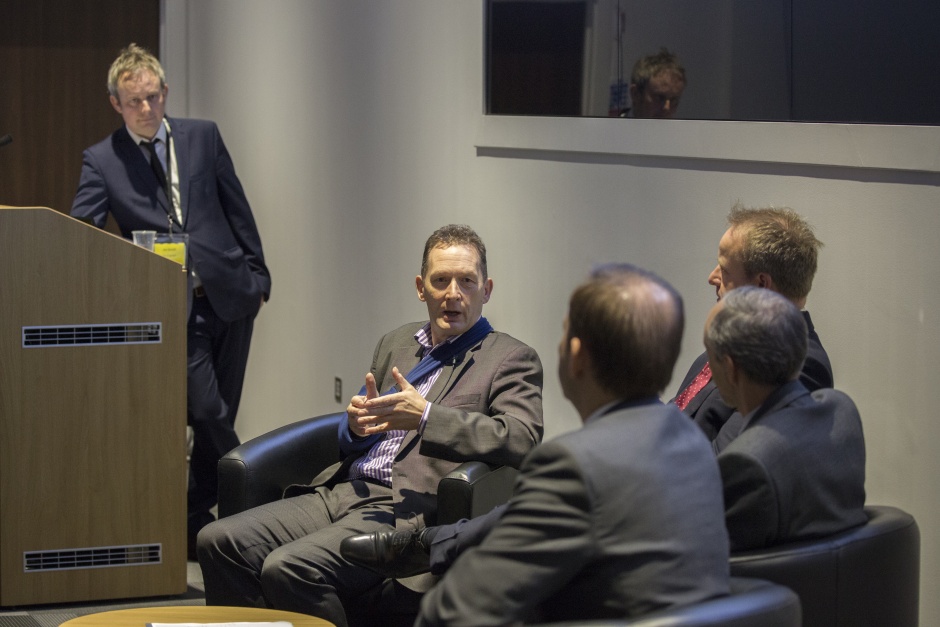That’s particularly true within universities, where multi-disciplinary groups from all over the world pool their collective knowledge to advance understanding in key areas of science and technology. These alliances aren’t restricted to the academic seats of learning: collaborative research often pulls in companies and other commercially-focussed institutions, all of whom bring their own specific knowledge and expertise.
The true value of collaborative working was brought into sharp focus at an event in the UK last week, where scientists and engineers from all over the world came together to reveal details of their combined efforts.

The presentations at the Collaborate to Innovate conference, organised by The Engineer, highlighted the deep links between the business and the academic research base, demonstrating the way in which specialists from different disciplines and sectors are working together to solve some of society’s biggest challenges. The conference provided a timely reminder that when it comes to pushing forward the boundaries of technological-knowhow, we are stronger together.
There were details of a tremendous project combining nuclear physics and cardiology that had resulted in a new type of artificial implant for the heart that induced a helical flow of blood which improves the success of cardiovascular surgery. Researchers from the UK and Spain, along with others, studied how fluid dynamics within the helical ribs on the outer surface of nuclear fuel pins in advanced gas cooled reactors could provide lessons in how to manipulate blood flow. And so, after hundreds of hours of collaborative working, the Spiral-Inducing Bypass Graft was produced. Patent applications for the device are currently under review and, ultimately, it has the potential to save many lives.
There was also an insightful presentation from a team of researchers, led by University College London, which outlined studies into the mechanisms that cause rapid and catastrophic failure in lithium-ion batteries. The phenomenon – known as thermal runaway – occurs when the rate of heat generated inside a battery exceeds the rate of heat dissipation. Researchers at UCL, with input from colleagues at Nasa and the European Synchrotron, among others, provided crucial insight into the process of thermal runaway, enabling engineers to identify the safest commercial battery designs for aerospace and automotive applications.
FIND OUT MORE ABOUT THE PROJECTS PRESENTED AT C2I 2017 HERE
The conference provided many other examples of powerful collaborations that had delivered valuable advances. The only note of pessimism on what overall had proved to be an inspiring day was mention of the dreaded B word – Brexit. The UK’s continued involvement in European research programmes such as Horizon 2020 and Erasmus+ after 2019 was the source of much concerned debate among delegates, with some fearing that UK universities would be inevitably side-lined as new consortia were formed.
There were also calls for greater clarity on the rights of EU researchers currently working in the UK. Around 16% of teaching and research employees at the UK’s 132 universities are EU nationals, it was said, and their Brexit-induced departure would create enormous damage across all areas of multi-disciplinary research.
In summary, collaboration is the lifeblood of technological advancement. It provides a means of creating networks, bringing together new talent and unlocking new streams of revenue. As Brexit discussions move forward, the power of collaboration must be kept at the forefront of politicians’ minds.
Lee Hibbert is content director at Technical Associates Group




Glasgow trial explores AR cues for autonomous road safety
They've ploughed into a few vulnerable road users in the past. Making that less likely will make it spectacularly easy to stop the traffic for...